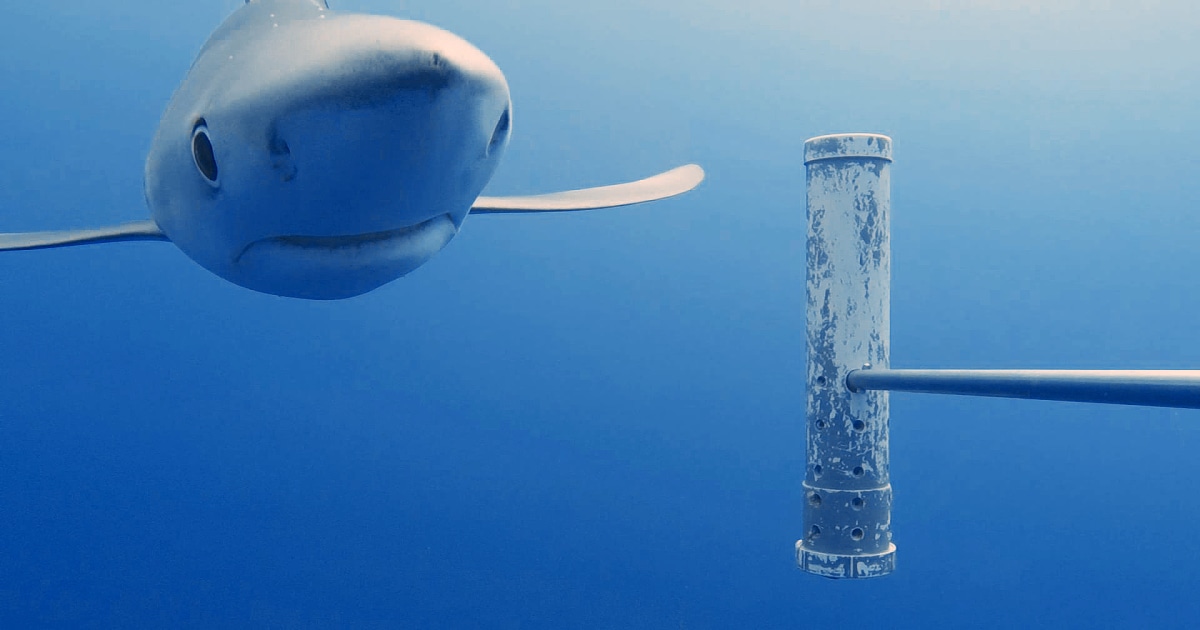The UK will install the world’s largest network of underwater wildlife monitoring systems in 10 overseas territories in the coming months to measure the success of its ocean conservation efforts, the government said on Friday.
A network of cameras on carbon fiber rods will monitor more than 4 million square kilometers of ocean in the largest enterprise of its kind by any national government. The project will cost 2 million pounds sterling, or nearly $ 3 million, and will run for four years, said the United Kingdom’s Foreign, Commonwealth and Development Office.
“Literally, every breath we breathe comes from the oceans. They are the largest habitat on our planet,” said Jessica Meeuwig, professor of marine science at the University of Western Australia and co-founder of Blue Abacus, an ocean fish monitoring company that will train people in the territories to collect marine data “However, we know very little about our oceans, especially when you move away from shallow systems of coral reefs for what I like to call ‘big blue’.”
The project aims to fill the knowledge gap, collecting information never before recorded about what is happening in parts of the ocean far from the coast, where it was previously difficult to monitor and record the size and density of the wildlife population. The event will take place in the British overseas territories, including the Cayman Islands, Saint Helena and Anguilla.
The camera network is based on the global 30 by 30 initiative, in which countries around the world, including the United States, the United Kingdom and Canada, have pledged to work to conserve at least 30% of the world’s oceans by 2030. The project creates parks marine and other special ocean areas where people cannot fish – an attempt to increase populations of marine wildlife.
“This is super exciting, that we will start to establish or continue to create great marine parks to stop and reverse these downward trends in so many of the species that inhabit the largest place on Earth,” said Meeuwig. “But how are we going to count them?”
The project will use Baited Remote Underwater Video Systems, or BRUVS, a technology first adopted by the team of scientists from Meeuwig in Australia, to film and photograph populations of wild marine life away from the coasts of the territories.
The BRUVS system suspends several cameras installed in carbon fiber frames 10 meters deep in deep ocean areas. Teams can collect up to 100 samples over seven to 10 days in a given area at sea to get a snapshot of what fish and wildlife populations look like at any given time.
Over time, teams can compare the sizes and numbers of wildlife from different sample collections to determine whether efforts to increase populations of fish and marine animals, such as 30 by 30, are working.
The project is supported by the UK government, which hopes to find out which of its ocean conservation efforts are paying off or whether it needs to invest more in protecting marine wildlife.
“State-of-the-art technology, like these cameras, will be vital in our crusade against climate change,” said Prime Minister Boris Johnson in a statement. “Our marine experts are world leaders in protecting our ocean and the myriad of species that live in it.”
The BRUVS that Meeuwig’s team designed are also innovative pieces of technology for governments to invest in. Instead of sending teams of experts to collect data at sea, scientists can easily train residents of the territories to use the system.
“That’s the good thing about it – you don’t have to be a highly technical electricity expert or anything to use our equipment,” said Meeuwig. “What we want is the local ability to identify the questions they want to answer and then to go out and ask.”
This is especially important because the UK’s conservation efforts are particularly important for local and coastal economies in its overseas territories.
“We don’t have healthy blue economies. Our oceans are not sustaining us economically if they are in decline, right? So we need to ensure that all jurisdictions in the world have the evidence they need to make informed decisions” about their coastal economy, said Meeuwig.
Meeuwig said he was hopeful that the UK’s endorsement of its technology would prompt other governments around the world, such as those in the United States and Canada, to invest in similar efforts.
“I have watched the oceans die in front of me since I won my first dive pass at the age of 15,” said Meeuwig. “So we have to do better.
“And we are making some progress on the coral reefs, and that is where people can snorkel, dive,” she added. “But what do we do with the other 70% of the planet that are blue?”
